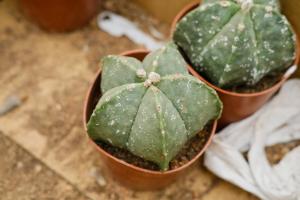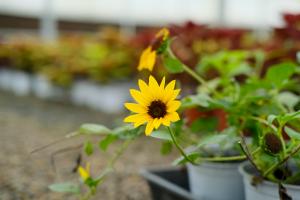Introduction
Plants and trees are fascinating organisms that form a crucial part of our natural environment. They have the ability to extract energy from the sun and transform it into food through photosynthesis. This energy conversion process is essential for all living organisms, including humans. Beyond their vital role in the food chain, plants and trees provide a wide range of resources that are essential for our survival.
Food Resources
Plants and trees are food resources for many animals, including humans. Fruits, vegetables, grains, nuts, and spices are some examples of edible plant products that form a fundamental part of the human diet. These products are rich in various essential nutrients such as carbohydrates, proteins, fiber, vitamins, and minerals. Therefore, incorporating a variety of plant-based foods in one's diet is crucial for maintaining good health.
Medicinal Resources
Plants and trees have been used for centuries to treat various ailments and diseases. Many of the drugs that are commonly used in modern medicine are derived from plants. For instance, aspirin, a commonly used pain reliever, is derived from the bark of the willow tree. Additionally, many herbal products, such as echinacea, ginseng, and St. John's Wort, are used as alternative remedies for various health conditions. The potential for using plants and trees as sources of medicine is vast and deserves further exploration.
Building Resources
Plants and trees are some of the most important building resources on the planet. Their canopies provide shelter and shade, while their trunks and branches can be used to construct houses, furniture, and other structures. A variety of building materials such as timber, bamboo, and straw bales are made from plant and tree products. These materials are renewable and eco-friendly, making them ideal for sustainable building practices.
Fuel Resources
Plants and trees are also valuable sources of fuel. Wood, charcoal, and plant waste can be used for heating and cooking. In many developing countries, wood is the primary source of energy for cooking and heating. Biomass, which is organic matter produced by plants, is being used as an alternative to fossil fuels in the production of electricity and other forms of energy. This shift towards renewable energy sources is a vital step towards reducing carbon emissions and mitigating climate change.
Conclusion
In conclusion, plants and trees are incredibly valuable resources that provide us with a wide array of benefits. They are sources of food, medicine, building materials, and fuel. Moreover, they play a crucial role in regulating our environment by supporting biodiversity and cleaning our air. As we continue to face environmental challenges such as climate change, it is essential to prioritize the sustainable and responsible use of plant and tree resources.

 how many times do yo...
how many times do yo... how many planted tre...
how many planted tre... how many pine trees ...
how many pine trees ... how many pecan trees...
how many pecan trees... how many plants comp...
how many plants comp... how many plants can ...
how many plants can ... how many plants and ...
how many plants and ... how many pepper plan...
how many pepper plan...































